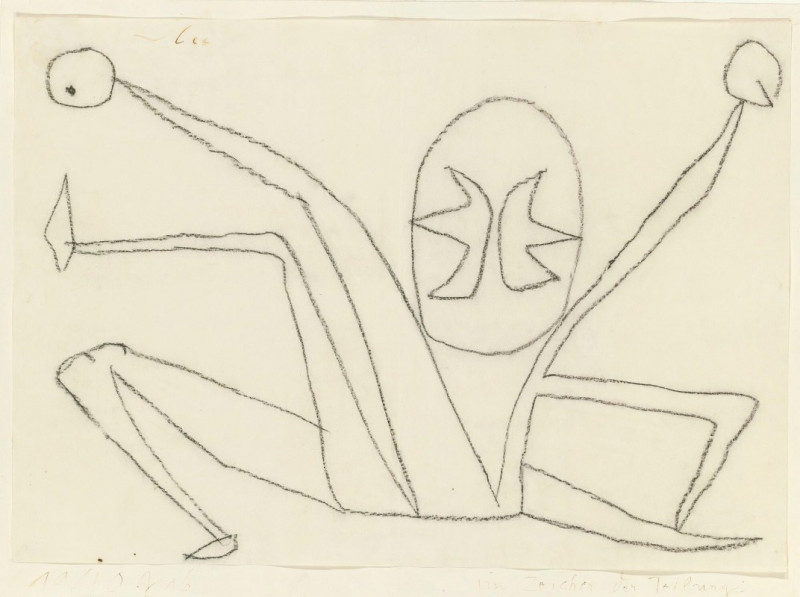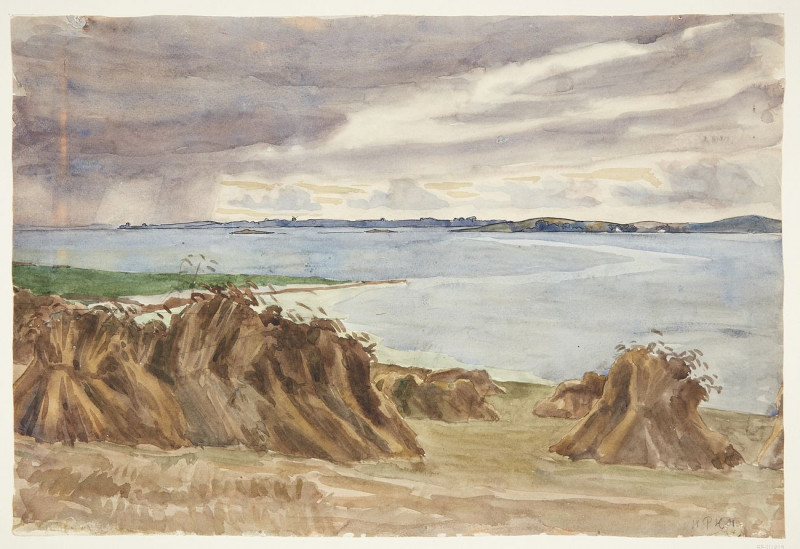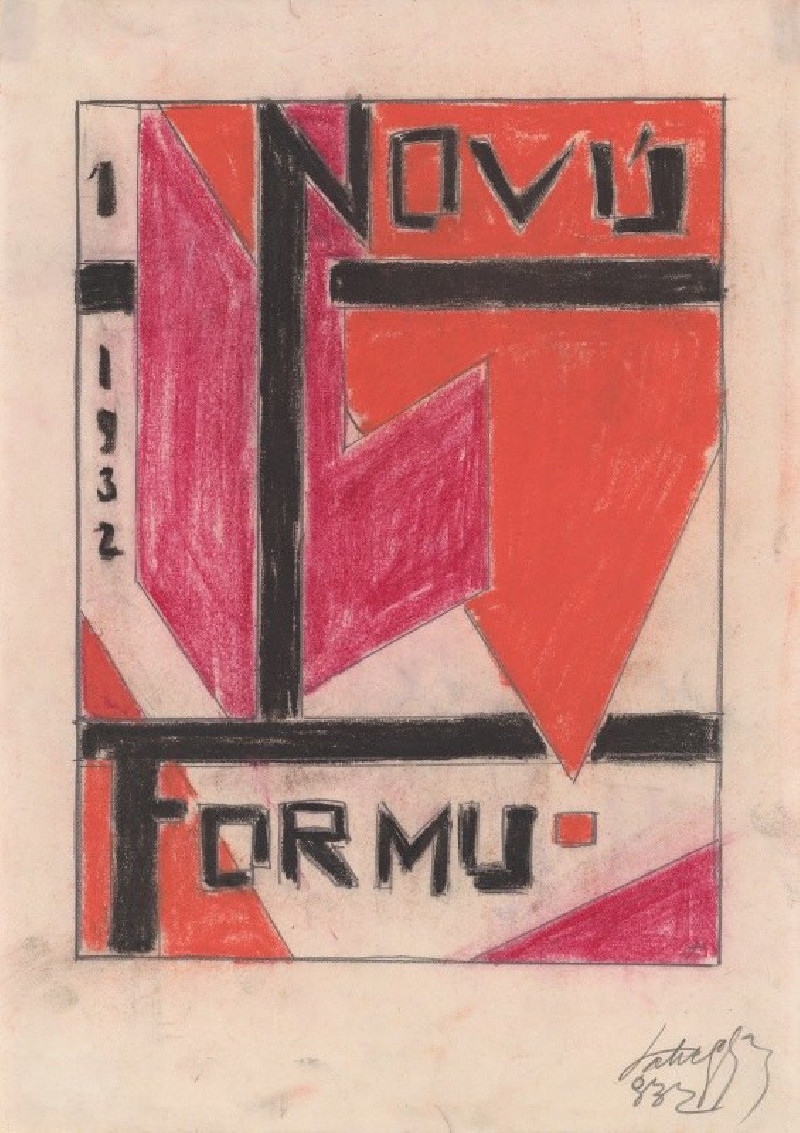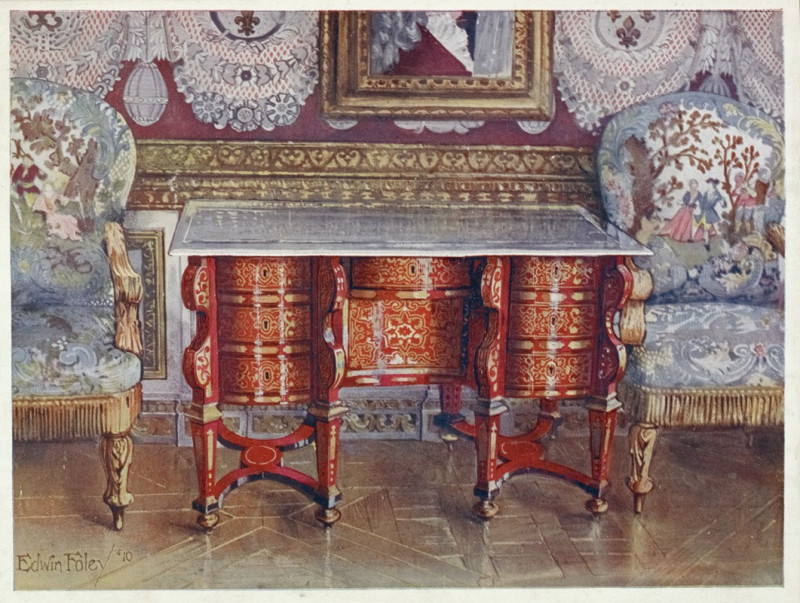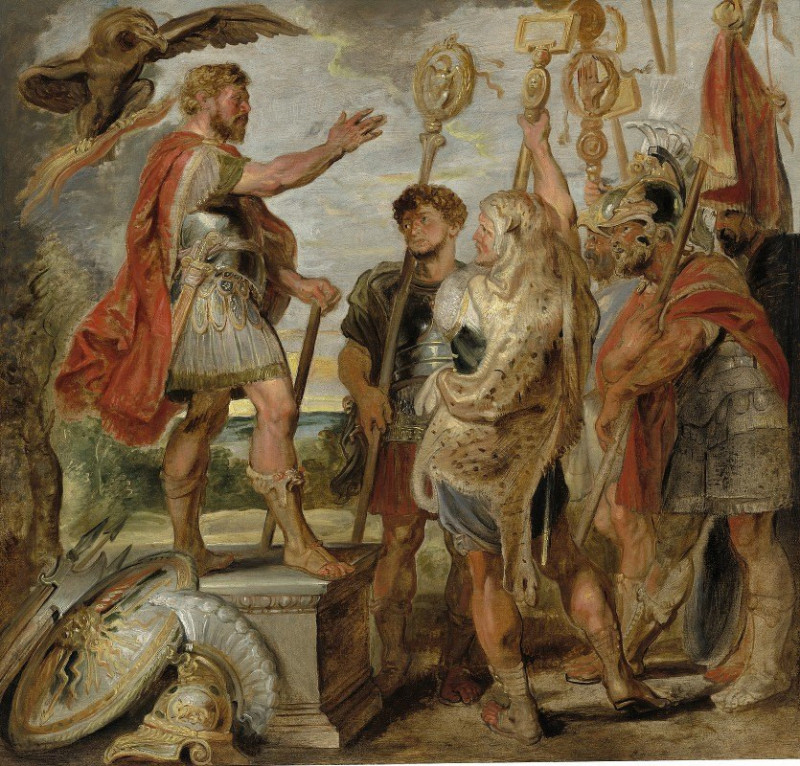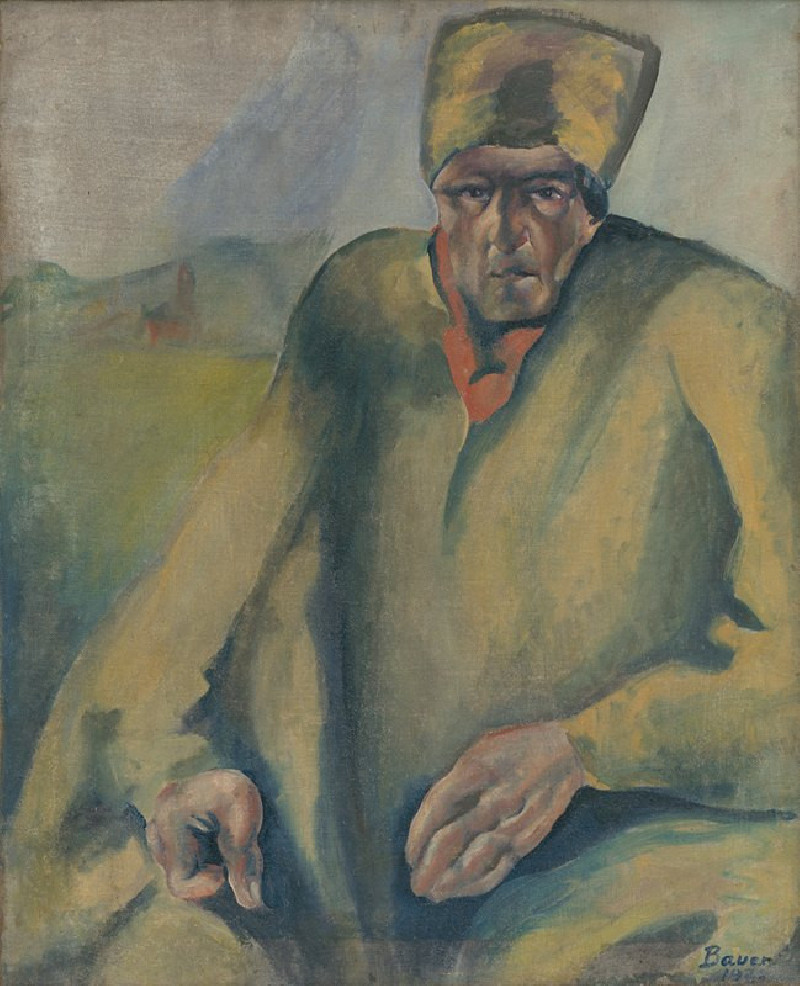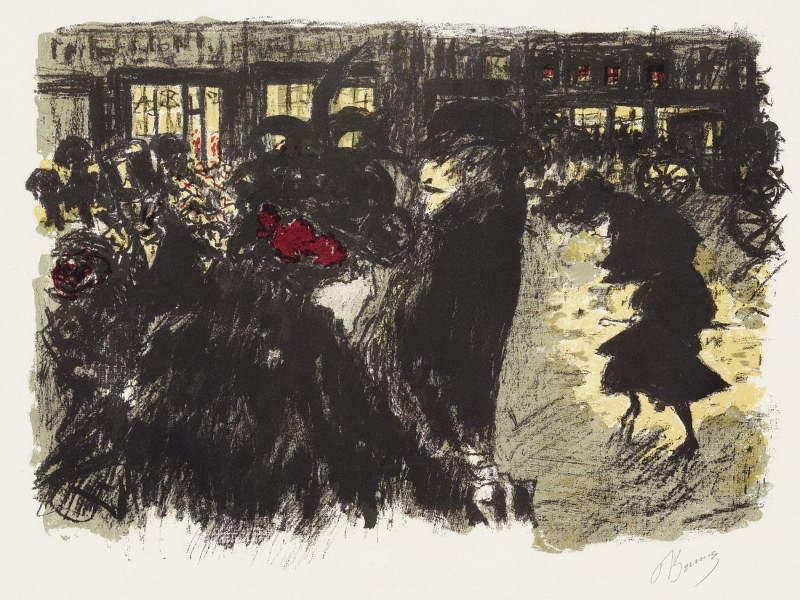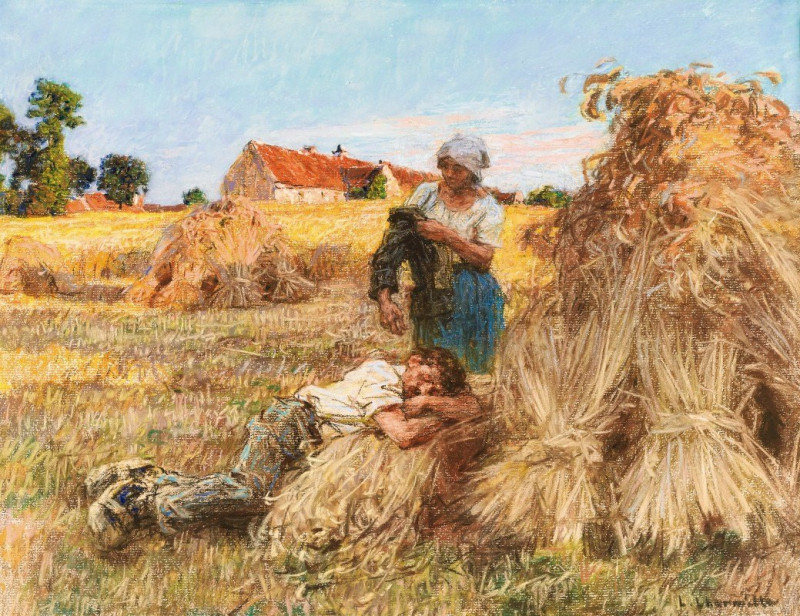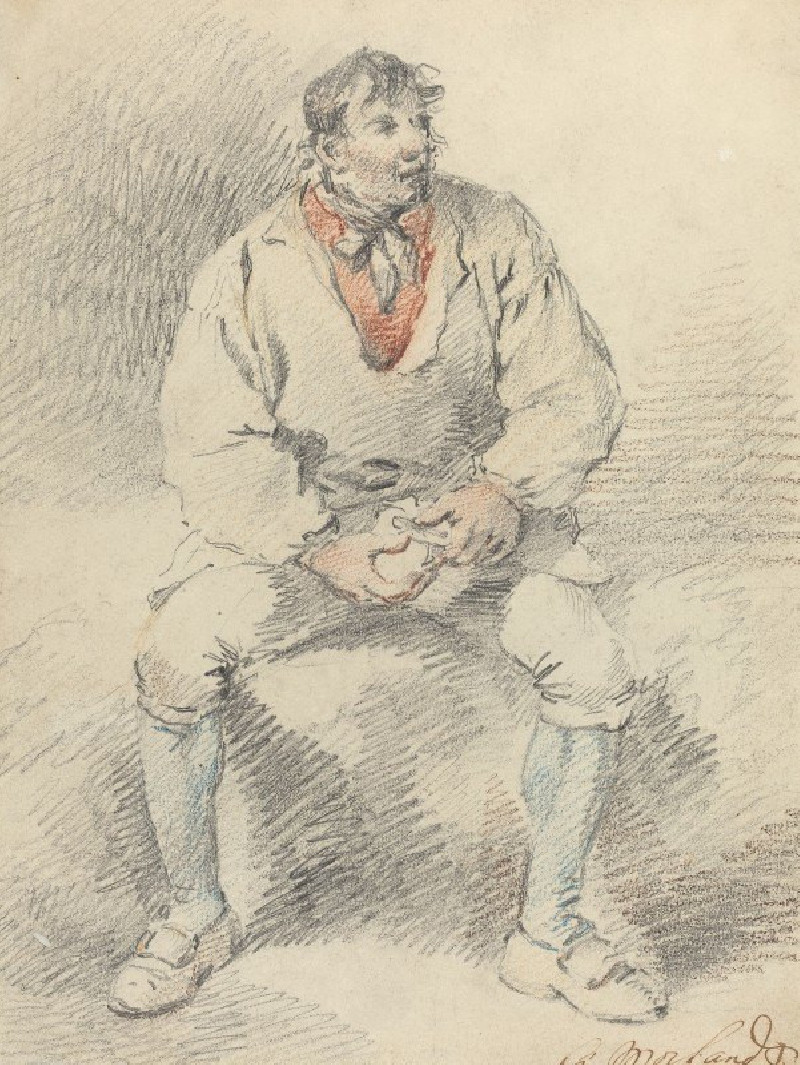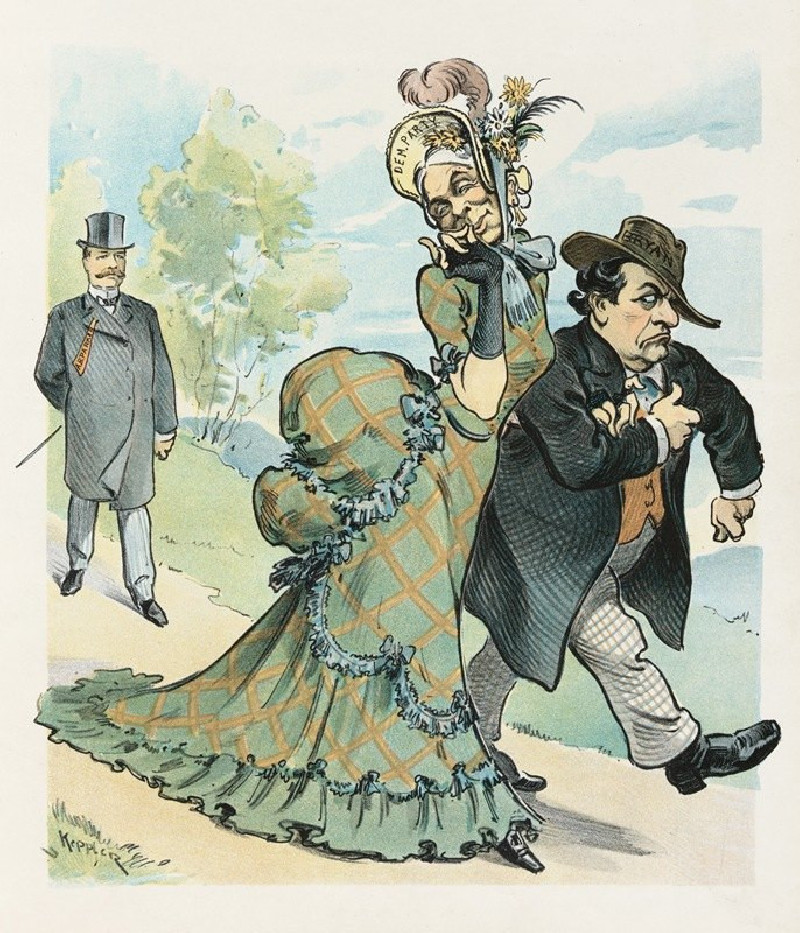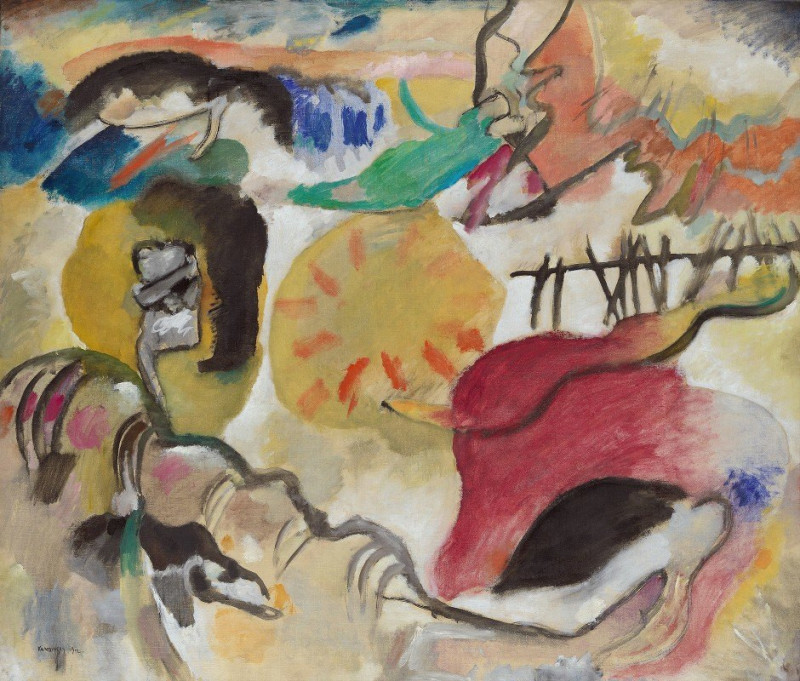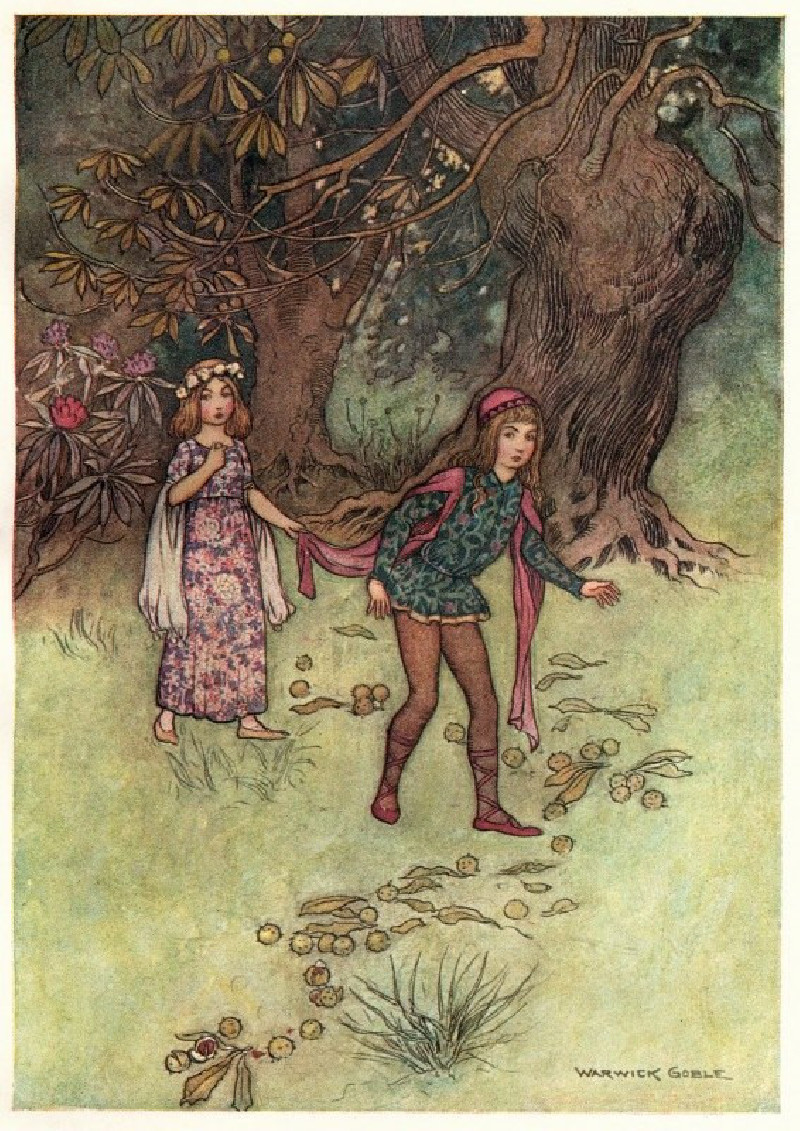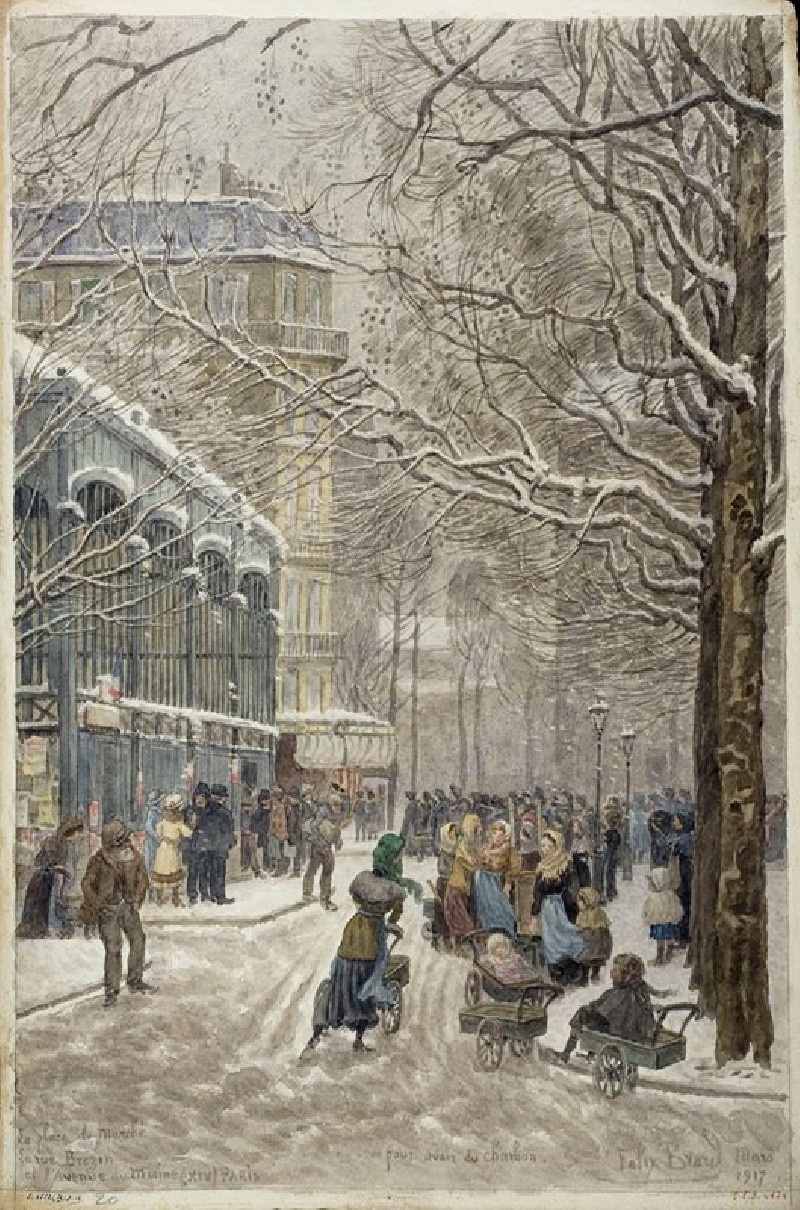Im Zeichen Der Teilung (Under The Sign Of Division) (1940)
Technique: Giclée quality print
Recommended by our customers
More about this artwork
"Im Zeichen Der Teilung" (Under The Sign Of Division), a distinguished artwork by Paul Klee from 1940, captures the essence of division through its abstract simplicity and profound symbolism. As we observe the image, a sparse composition of lines and shapes unfolds, presenting a figure that appears fragmented and disjoined. The central form, split into separate, erratic sections, might be interpreted as a reflection of internal or societal discord, a theme possibly influenced by the turbulent epoch in which Klee created this piece.Klee’s mastery in employing minimalistic lines to suggest rather than delineate makes the painting resonate with viewers, inviting them to delve into the realms of personal interpretation. The figure, poised ambiguously between harmony and dissection, uses stark black contours against a stark white background enhancing the visual impact and the thematic expression of division.Subtle yet evocative, Klee’s work remains a powerful reminder of art’s capability to evoke deep reflection through remarkably restrained means.
Delivery
Returns
Paul Klee was a Swiss-born German artist. His highly individual style was influenced by movements in art that included expressionism, cubism, and surrealism. Klee was a natural draftsman who experimented with and eventually deeply explored color theory, writing about it extensively; his lectures Writings on Form and Design Theory (Schriften zur Form und Gestaltungslehre), published in English as the Paul Klee Notebooks, are held to be as important for modern art as Leonardo da Vinci's A Treatise on Painting for the Renaissance.

